In a world increasingly focused on sustainability, researchers have stumbled upon an unexpected ally in the fight against waste: coffee grounds. What was once considered mere kitchen refuse is now being transformed into a revolutionary metallic coating with a distinctive latte hue. This innovative approach not only repurposes waste but also challenges traditional metal finishing techniques, offering an eco-friendly alternative with a warm, inviting color palette.
The process begins with spent coffee grounds collected from cafes, restaurants, and households. These grounds undergo a specialized treatment where they are dried, sterilized, and processed into a fine powder. When combined with specific binding agents and applied to metal surfaces through advanced coating techniques, the result is a durable finish that resembles the creamy brown tones of a perfectly poured latte. The coating demonstrates surprising resilience, offering protection against corrosion while maintaining its distinctive coffee-derived coloration.
What makes this development particularly exciting is its environmental impact. Traditional metal plating often involves toxic chemicals and energy-intensive processes. The coffee-based alternative requires significantly less energy to produce and utilizes a material that would otherwise contribute to landfill mass. Early adopters in the design and architecture industries have taken notice, experimenting with the coating for decorative elements, furniture, and even structural components where both aesthetics and sustainability matter.
The science behind the coffee coating reveals why it works so well. Coffee contains various organic compounds that interact with metal surfaces at a molecular level, creating stable bonds. Researchers have optimized these natural properties through nanotechnology approaches, enhancing the coating's durability without compromising its eco-friendly credentials. The final product can withstand typical wear and tear while maintaining its rich, earthy tones that subtly change character depending on lighting conditions.
Beyond its practical applications, the coffee-based metallic finish represents a shift in how we view waste materials. Where most see used coffee grounds as worthless, innovators recognize them as containing valuable compounds perfect for surface treatments. This mindset could pave the way for discovering similar unexpected uses for other common waste streams. The coffee coating's warm, natural appearance also resonates with contemporary design trends favoring organic textures and sustainable materials.
Early commercial applications have appeared in high-end consumer products and architectural features. Watchmakers have experimented with coffee-coated casings, creating timepieces that develop a unique patina over time. Restaurant designers have incorporated the material into decorative panels, where its subtle coffee aroma provides an unexpected sensory dimension. Even automotive designers have shown interest, exploring the coating's potential for interior trim components that offer both visual warmth and environmental appeal.
The production process continues to evolve as researchers refine techniques for large-scale application. Current challenges include standardizing color consistency across batches and developing application methods suitable for industrial settings. However, the progress made so far suggests these hurdles will be overcome, potentially making coffee-based metallic finishes a common sight in future sustainable design projects.
Environmental analysts highlight another benefit: the coffee coating's potential to create circular economies in urban areas. Cities produce enormous quantities of coffee waste daily, much of which ends up in landfills where it contributes to methane emissions. By establishing collection systems that funnel these grounds to coating manufacturers, municipalities could simultaneously reduce waste and support green industries. Some forward-thinking cities have already begun pilot programs to test this concept.
Design critics note that the coffee coating's aesthetic qualities fill a gap in the market for warm-toned metallic finishes. Most conventional metal coatings come in silvers, golds, or harsh blacks, leaving designers few options for achieving softer, earth-inspired metallic looks. The coffee-based alternative provides this missing palette while telling an authentic sustainability story that resonates with environmentally conscious consumers.
As the technology matures, researchers are exploring variations using different coffee types and processing methods. Darker roasts yield deeper chocolate-brown tones, while lighter roasts produce caramel hues. Some experimenters have even incorporated patterns by mixing grounds from different coffee varieties, creating unique visual effects that enhance the material's artisanal appeal. These developments suggest the coffee coating could become as versatile as it is sustainable.
The economic implications are equally promising. Coffee-producing regions could benefit from new markets for lower-grade beans unsuitable for brewing but perfect for coating applications. Small-scale entrepreneurs are already creating boutique lines of coffee-coated home goods and jewelry, tapping into consumer demand for products with authentic sustainability credentials. Larger manufacturers are monitoring these developments as they consider adopting the technology for mainstream product lines.
Looking ahead, the coffee-based metallic coating represents more than just an innovative material—it symbolizes a creative approach to solving environmental challenges. By finding value in what we normally discard, researchers have demonstrated that sustainability and innovation can go hand in hand. As the technology spreads, our morning coffee ritual may take on new meaning, knowing those used grounds could one day become part of the objects that surround us, blending environmental responsibility with warm, latte-toned beauty.
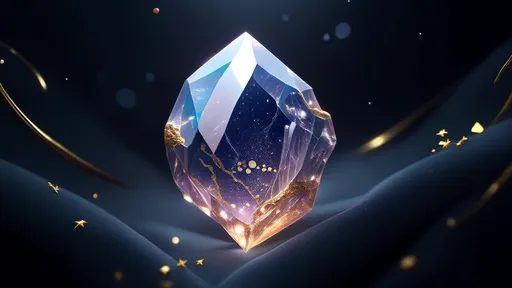
By /Jul 15, 2025
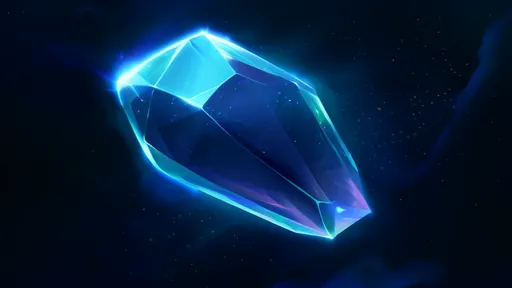
By /Jul 15, 2025

By /Jul 15, 2025
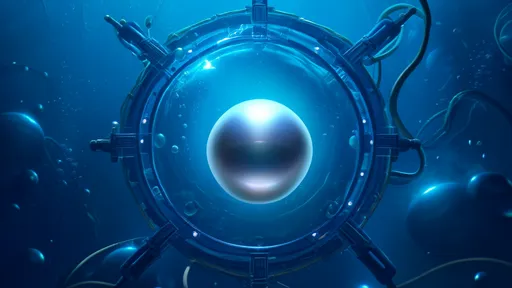
By /Jul 15, 2025
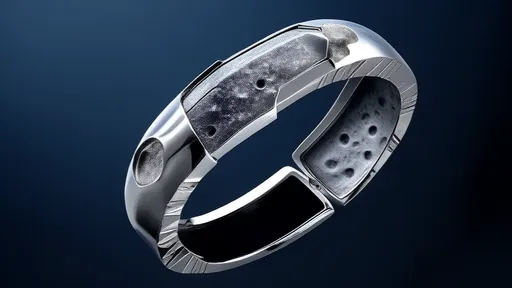
By /Jul 15, 2025
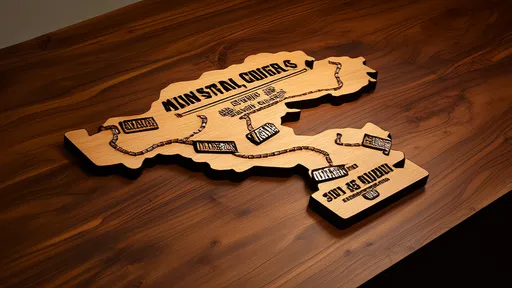
By /Jul 15, 2025
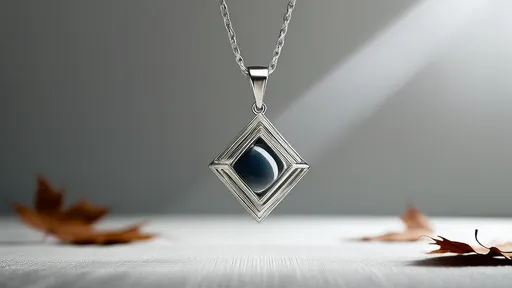
By /Jul 15, 2025
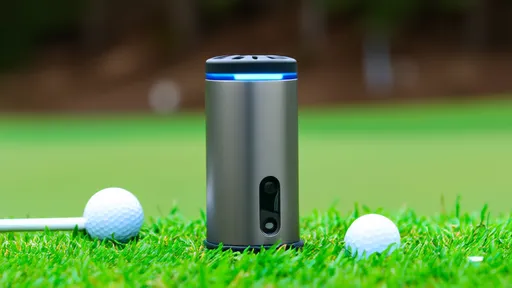
By /Jul 15, 2025
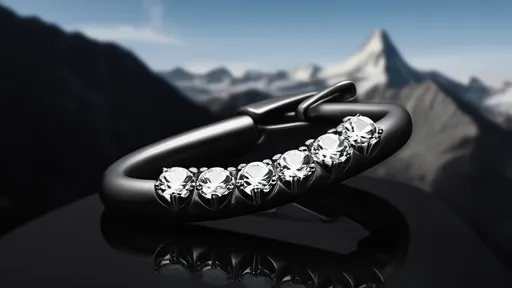
By /Jul 15, 2025

By /Jul 15, 2025
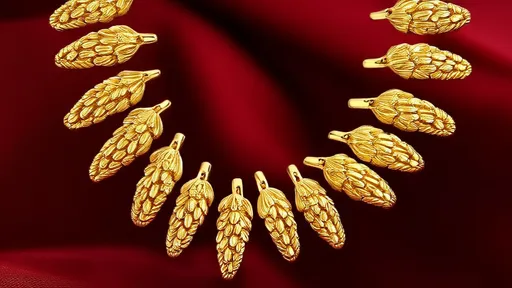
By /Jul 15, 2025
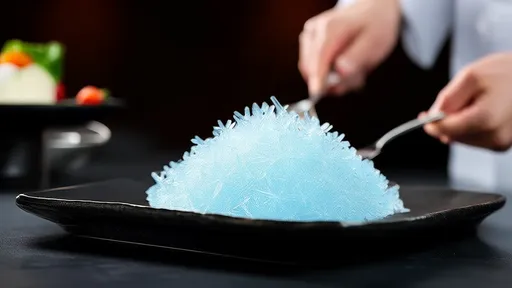
By /Jul 15, 2025
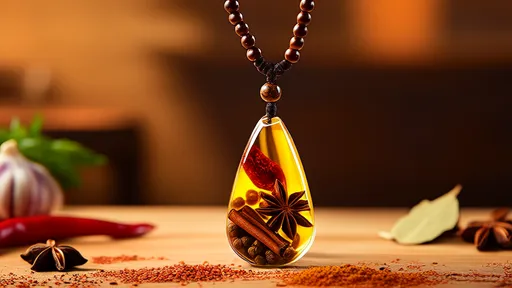
By /Jul 15, 2025
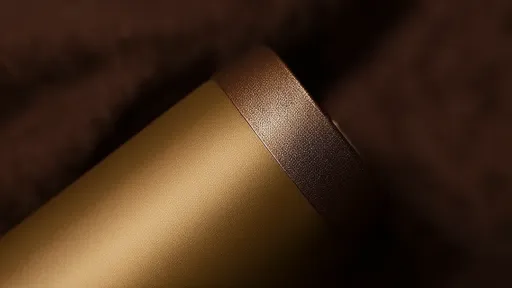
By /Jul 15, 2025
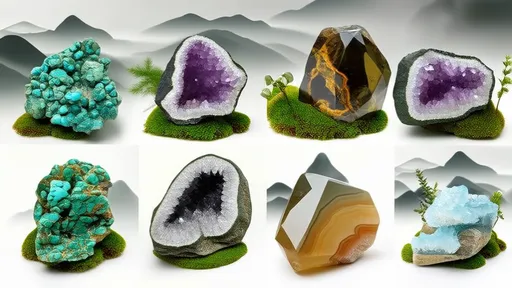
By /Jul 15, 2025

By /Jul 15, 2025
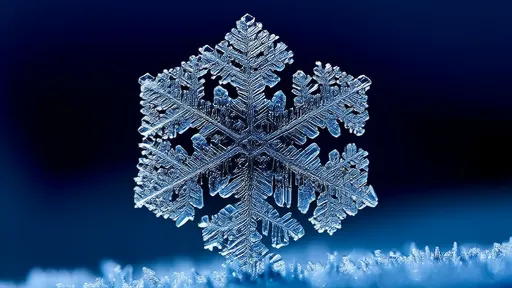
By /Jul 15, 2025
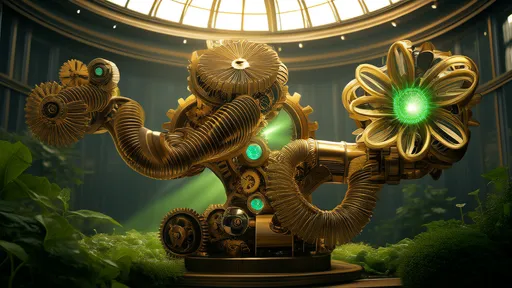
By /Jul 15, 2025